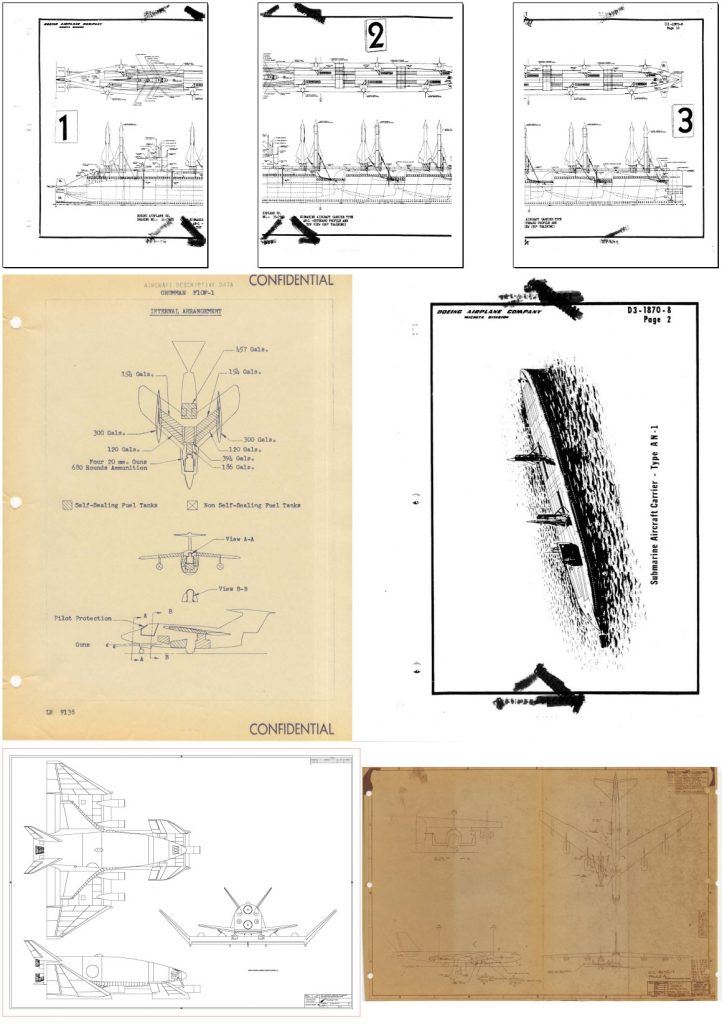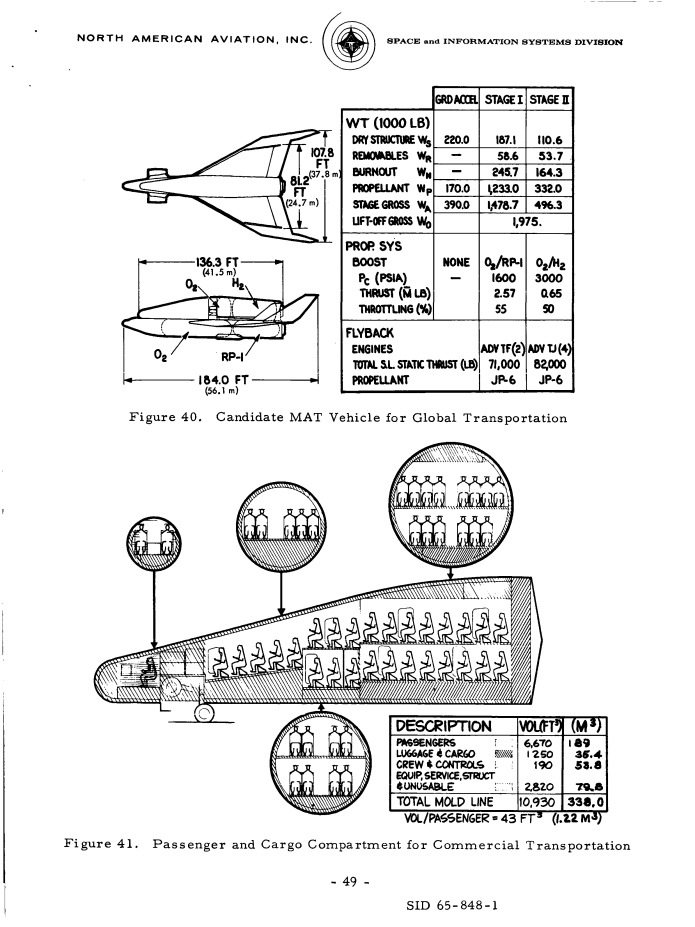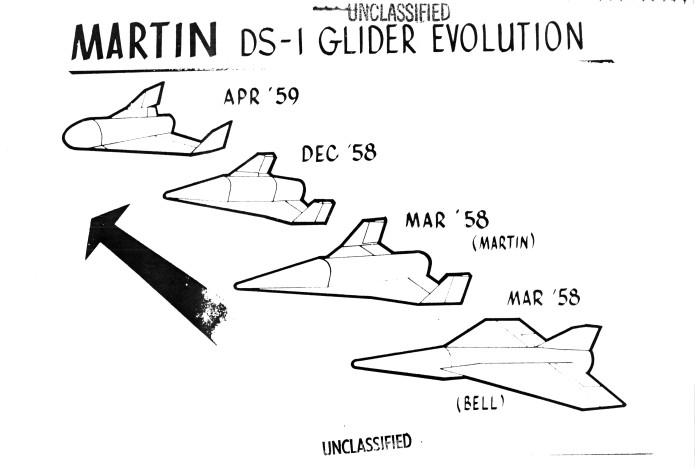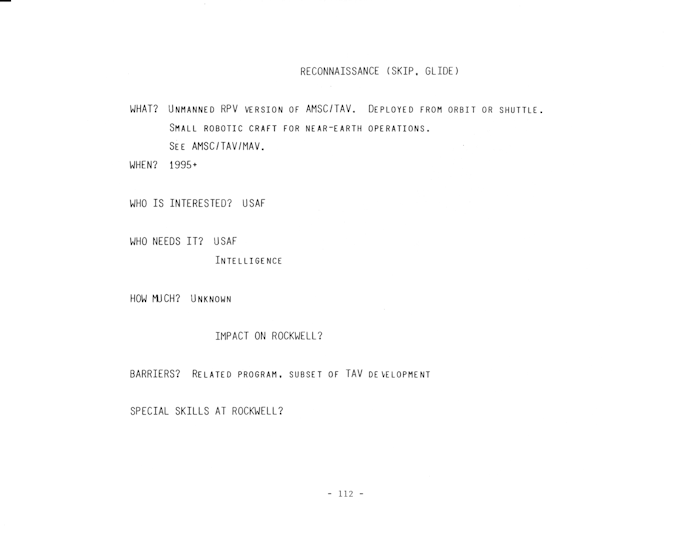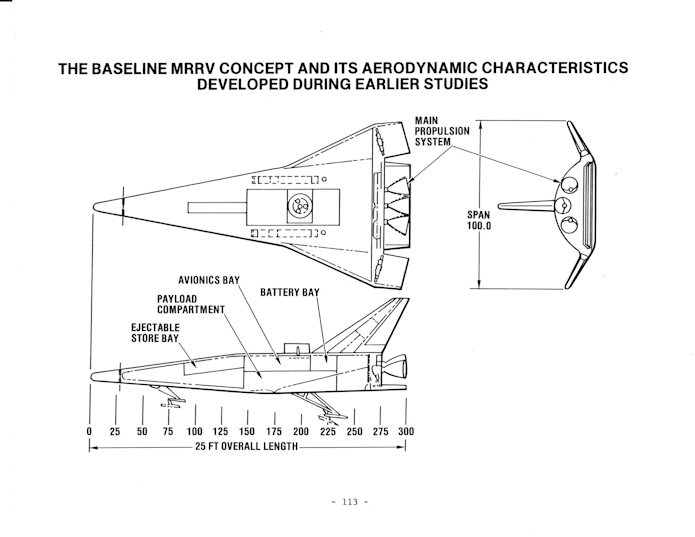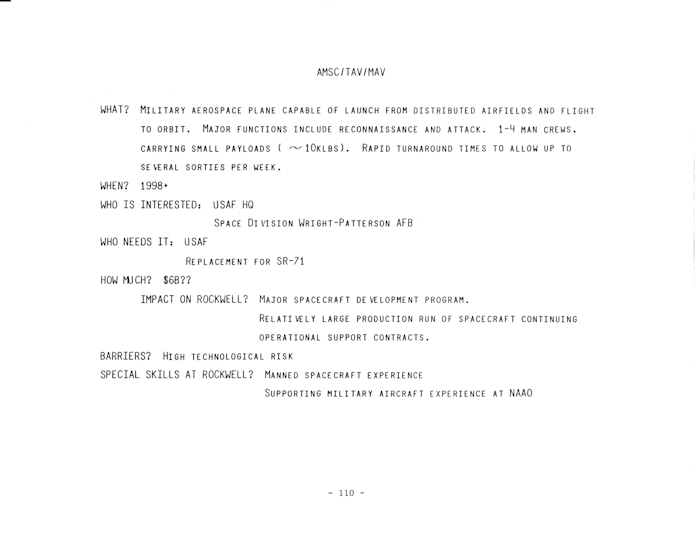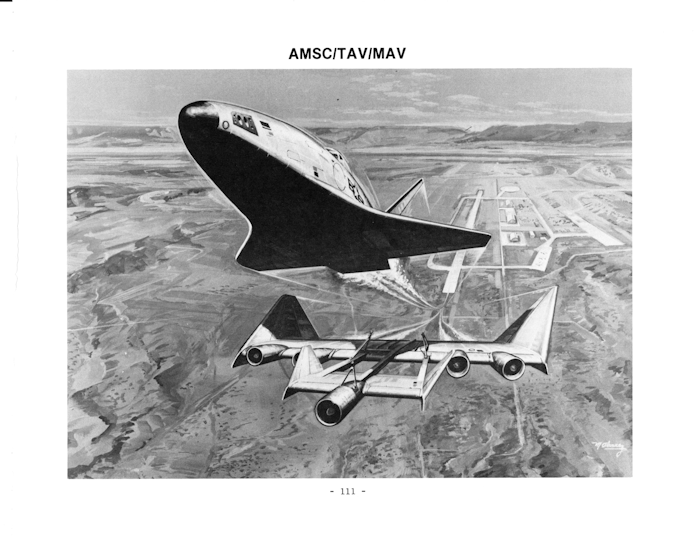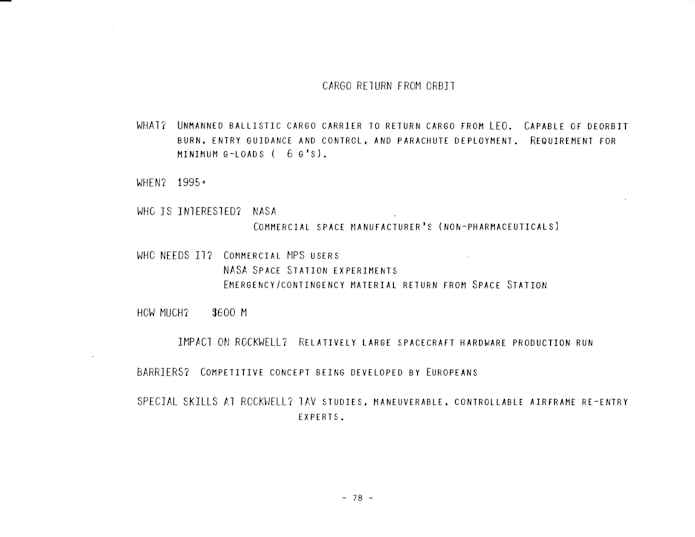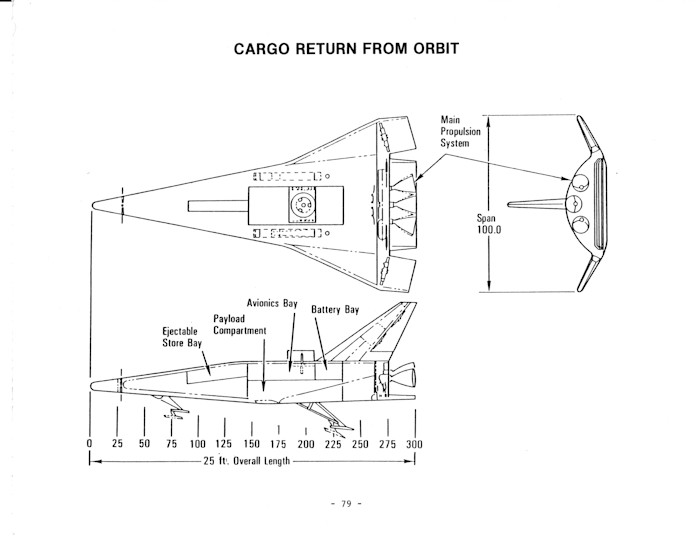In 1969, Maxime Faget of NASA-Manned Spacecraft Center (later renamed Johnson Space Center) produced a concept for a simplified version of the Space Shuttles then being designed. The idea at the time was that the Shuttle would be a two-stage vehicle, both being fully reusable manned flyback vehicles. The Orbiter would be much larger than the Orbiter that actually got built because it included substantial hydrogen/oxygen tankage. The boosters were generally *vast* vehicles larger than the C-5 Galaxy meant to fly higher and faster than the X-15. Optimistic to be sure. Faget’s “DC-3” design had the same basic architecture but attempted to produce a smaller, cheaper, less complex and more realistic design. The design, produced in-house at NASA, was picked up by both North American and McDonnell Douglas, who designed their own variations on the theme.
Here is the basic configuration of the NASA-MSC “DC-3:”


